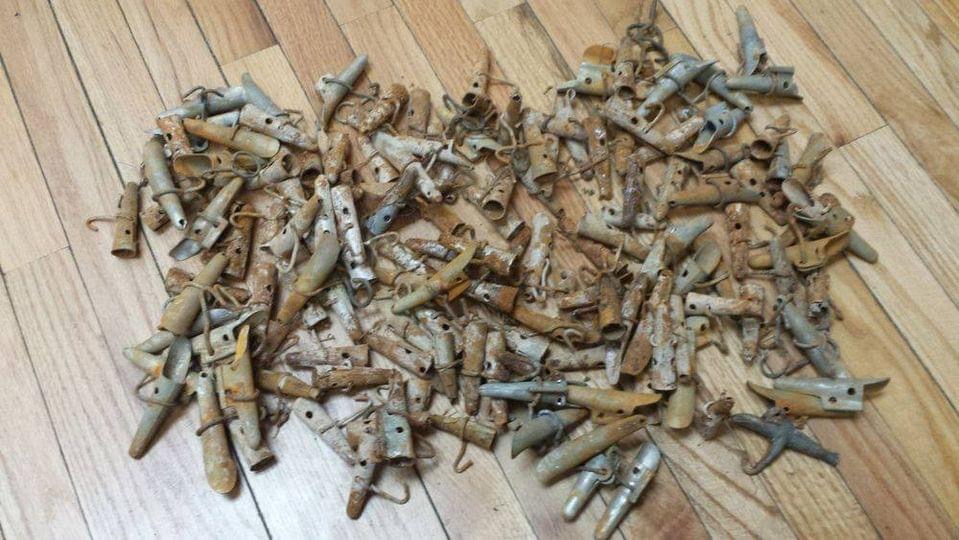
In the age of modern convenience, where twist-off caps and pull tabs dominate, it’s easy to forget the humble yet ingenious devices that once sealed our favorite beverages. The image above showcases a collection of vintage soda pop stoppers, relics of a bygone era when these small but essential items played a significant role in keeping drinks fresh and fizzy.
What Are Soda Pop Stoppers?
Soda pop stoppers, also known as bottle stoppers, were used to reseal carbonated beverages after they had been opened. These stoppers were designed to fit snugly into the neck of a bottle, preventing the carbonation from escaping and keeping the drink as fizzy as possible for a longer period. Made primarily of metal or a combination of metal and rubber, these stoppers were reusable, making them a practical and eco-friendly solution during their time.
The Evolution of Beverage Sealing
Before the advent of modern caps, soda pop stoppers were a common sight. They were widely used from the late 19th century to the mid-20th century, particularly before the introduction of the crown cork (commonly known as the bottle cap) in the 1890s. While the crown cork eventually became the standard for sealing bottles, soda pop stoppers continued to be used in homes and small businesses, especially for homemade carbonated drinks.
A Closer Look at the Collection
The items in the image appear to be well-worn, showing signs of rust and aging—testaments to their long history and frequent use. The variety in the design of these stoppers hints at the different manufacturers and styles that existed during their peak popularity. Some may have been designed for specific bottle types or brands, while others were likely more universal in their application.
The Significance of These Artifacts
These rusted stoppers are more than just pieces of metal; they are a window into the past, offering insights into the daily life and consumer habits of earlier generations. Collecting and preserving such items helps us understand the evolution of packaging technology and the ways in which people adapted to the challenges of preserving their food and drink.
Preserving the Past
For collectors and historians, items like these soda pop stoppers hold great value. They serve as physical reminders of an era when reuse was a common practice, long before the rise of single-use packaging. Restoring and displaying these stoppers can also be a way to celebrate the ingenuity and practicality of past generations.
Conclusion
While these vintage soda pop stoppers may no longer serve their original purpose, they remain fascinating artifacts of a time when keeping a bottle of soda fizzy was a bit more of an art than it is today. As we continue to innovate and move forward, it’s worth taking a moment to appreciate the small yet significant tools of the past that paved the way for our modern conveniences.